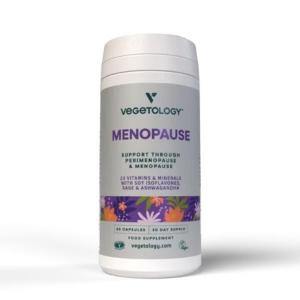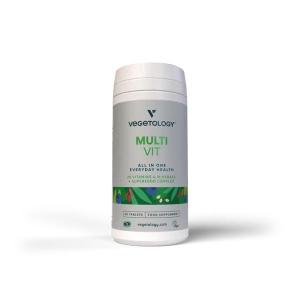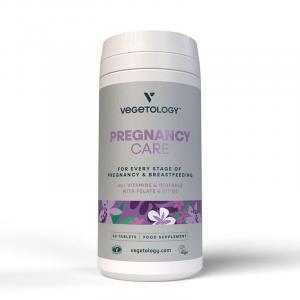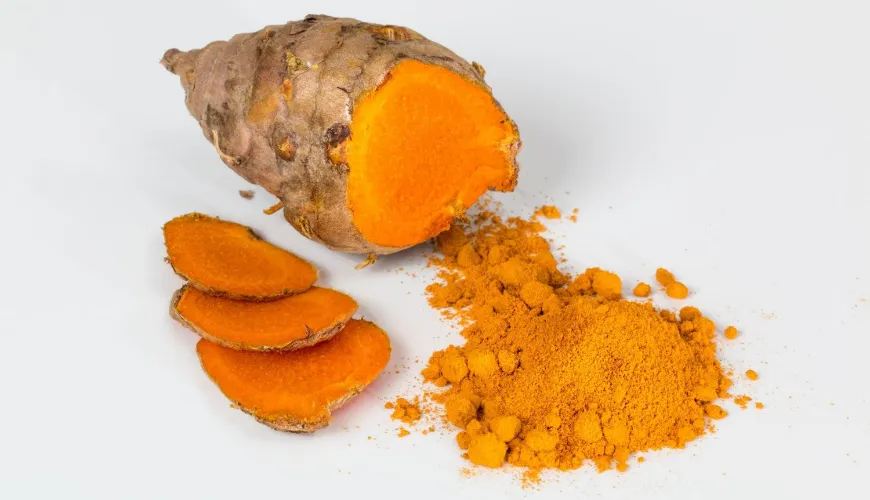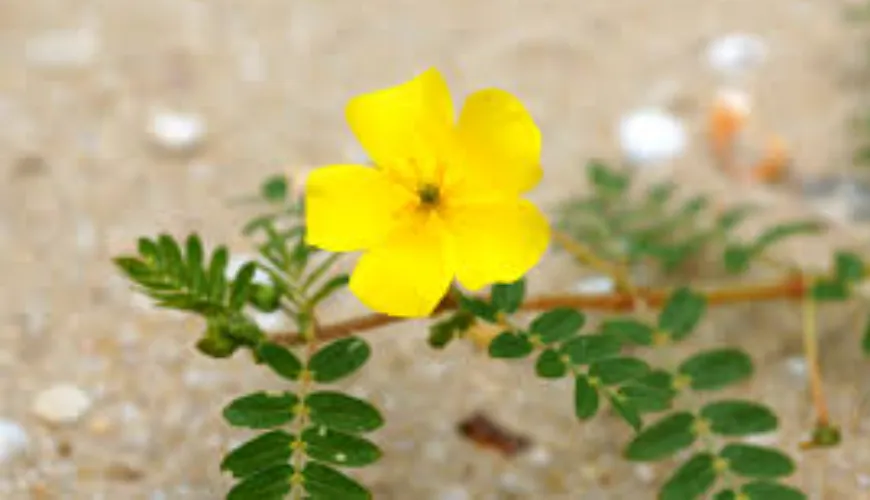
Discover the power of inhalation for a runny nose and say goodbye to a stuffy nose

Inhalation and Runny Nose - The Good Old Way to Relieve Respiratory Passages
Runny nose. A seemingly trivial issue that most people associate with autumn, cold weather, or being in a group. Yet it can significantly disrupt daily life. A blocked nose, headache, difficulty breathing, and insomnia — these are all consequences of nasal mucous membrane inflammation. In recent years, a method known to our grandmothers has been gaining popularity again: inhalation for a runny nose. What does this method involve, what are its benefits, and why is it worth trying not only for a common cold but also for post-nasal drip or in children?
Why Return to Inhalation?
Modern medicine offers an abundance of nasal sprays, drops, and preparations. Yet many people find that the greatest relief comes from a combination of natural remedies and home care. Inhalation for a runny nose is a simple, inexpensive, yet extremely effective way to moisturize the nasal mucosa, loosen mucus, and calm inflammation.
The principle is simple: inhaling warm, moist air enriched with minerals or essential oils helps dissolve nasal mucus, moisturizes the mucosa, and facilitates breathing. Additionally, it supports the natural self-cleaning abilities of the nose and sinuses.
Especially in winter months, when indoor air is dry and the body is more susceptible to infections, inhalation becomes a valuable aid. Whether it's classic water vapor, mineral solutions, or targeted herbal mixtures, each form has its advantages.
Vincentka – A Natural Mineral Miracle
One of the most frequently recommended remedies for inhalation for a runny nose is Vincentka. This natural mineral water from Luhačovice contains sodium, potassium, chlorides, and bicarbonates and is known for its positive effects on the respiratory tract.
Try our natural products
Vincentka inhalation for a runny nose has several effects: it not only moisturizes the nasal mucosa but also has anti-inflammatory properties and supports regeneration. It also helps to clear blocked sinuses and soothe irritation often associated with a runny nose.
A practical example? A mother of two small children from Brno praised that after two days of Vincentka inhalation with an inhalation device, her four-year-old son slept well for the first time and breathed through his nose in the morning. "Until then, we dealt with waking up, coughing, and crying every night. Vincentka literally gave us back peaceful nights," she says.
Nowadays, inhalers are readily available on the market, allowing the use of Vincentka in a nebulized form. Simply pour it into the device, and in a few minutes, the entire nasal cavity is rinsed with a fine mist that penetrates even into deeper parts of the respiratory tract.
Post-Nasal Drip - The Silent Saboteur
While a common runny nose is easily recognizable — a runny nose, frequent blowing, and "nasal" speech — post-nasal drip is more insidious. Mucus accumulates more in the back of the nasopharynx and drips into the throat, causing a tickling cough, especially at night, and persistent feelings of congestion.
In these cases, inhalation for post-nasal drip is often more effective than nasal sprays because steam penetrates better into the back parts of the respiratory tract. Especially recommended are Vincentka inhalations or decoctions of chamomile or sage. These herbs have mild disinfectant effects and help soothe irritation.
For post-nasal drip, it's also advisable to perform inhalation in the evening before bed and in the morning after waking up, when mucus is most accumulated. Regularity is key to relief in this case.
How to Inhale for a Runny Nose in Children?
Small children often suffer from a runny nose. Due to narrow nasal passages and an immature immune system, infections quickly worsen, and nasal congestion can lead to middle ear infections. That's why inhalation for a runny nose in children is considered a gentle yet effective method to prevent complications.
Of course, the technique must be adapted to the child's age. For infants, special inhalation masks are used in conjunction with a device that creates a fine mist. For older children, a playful approach can be chosen — for example, "breathing over a pot" with a towel over the head (with caution), or using aromatherapy diffusers with a gentle vapor.
Children generally tolerate Vincentka inhalation well, or a saline solution. Occasionally, a drop of chamomile, anise, or savory can be added to the water, but it's always important to monitor the child's reaction and choose only mild, non-aggressive substances. If the child enjoys inhalation, it can become a pleasant ritual that provides relief and calms them before sleep.
What to Inhale and How Often?
If you are looking for effective inhalation for a runny nose, there are several options that can easily be incorporated into home care:
- Vincentka or saline solution – ideal for daily use, suitable for children.
- Chamomile, sage, thyme – herbs with antiseptic effects, suitable for inhalation baths.
- Essential oils – such as eucalyptus or mint, but with caution (not recommended for children under 3 years).
The frequency of inhalations depends on the patient's condition. For acute rhinitis, it is recommended to inhale 2–3 times a day for 10–15 minutes. However, too frequent inhalation can paradoxically irritate the mucosa, so it's good to listen to the body's signals.
Good Old Tricks That Work
Many surely remember how, in childhood, their mother would place a towel over their head and bring them to a pot of hot water. This simple method of steam inhalation still works — although today we have more modern devices at hand, the principle remains the same. It's important to follow safety rules, especially with children, to prevent scalding.
Interestingly, in some countries, such as Germany or Switzerland, home inhalation is a common part of treating respiratory problems. Doctors recommend it as a supplement to antibiotic treatment or as prevention for chronically ill patients.
Despite its simplicity, inhalation for a cold also has scientific backing. A study published in the professional journal Chest confirms that steam inhalation improves mucociliary transport in the nose, i.e., the ability of the nasal mucosa to remove impurities and microorganisms.
As Dr. Pavel Dlouhý, an ENT specialist from Prague, says: "Inhalation is one of the least invasive and simultaneously most effective ways to influence the respiratory tract in its full length — from the nose to the bronchi."
This method is not just "grandma's magic" but a full-fledged part of modern health care.
Whether you choose Vincentka inhalation, herbal vapors, or a saline solution, one thing is certain: when used correctly, this method can provide quick and effective relief for the whole family. At a time when more people are turning to natural methods, inhalation is a good answer to the question of how to deal with a cold without chemicals.
